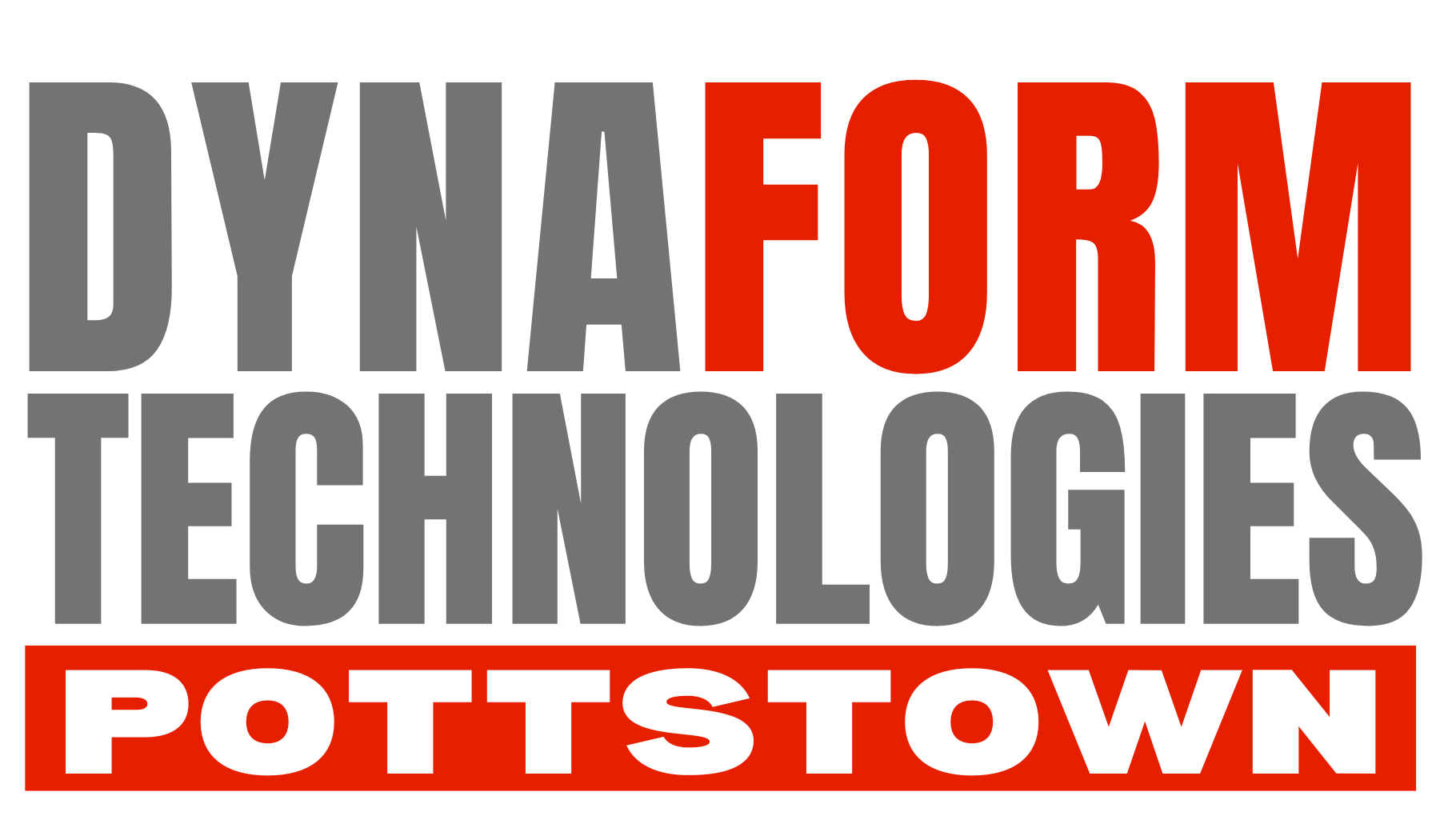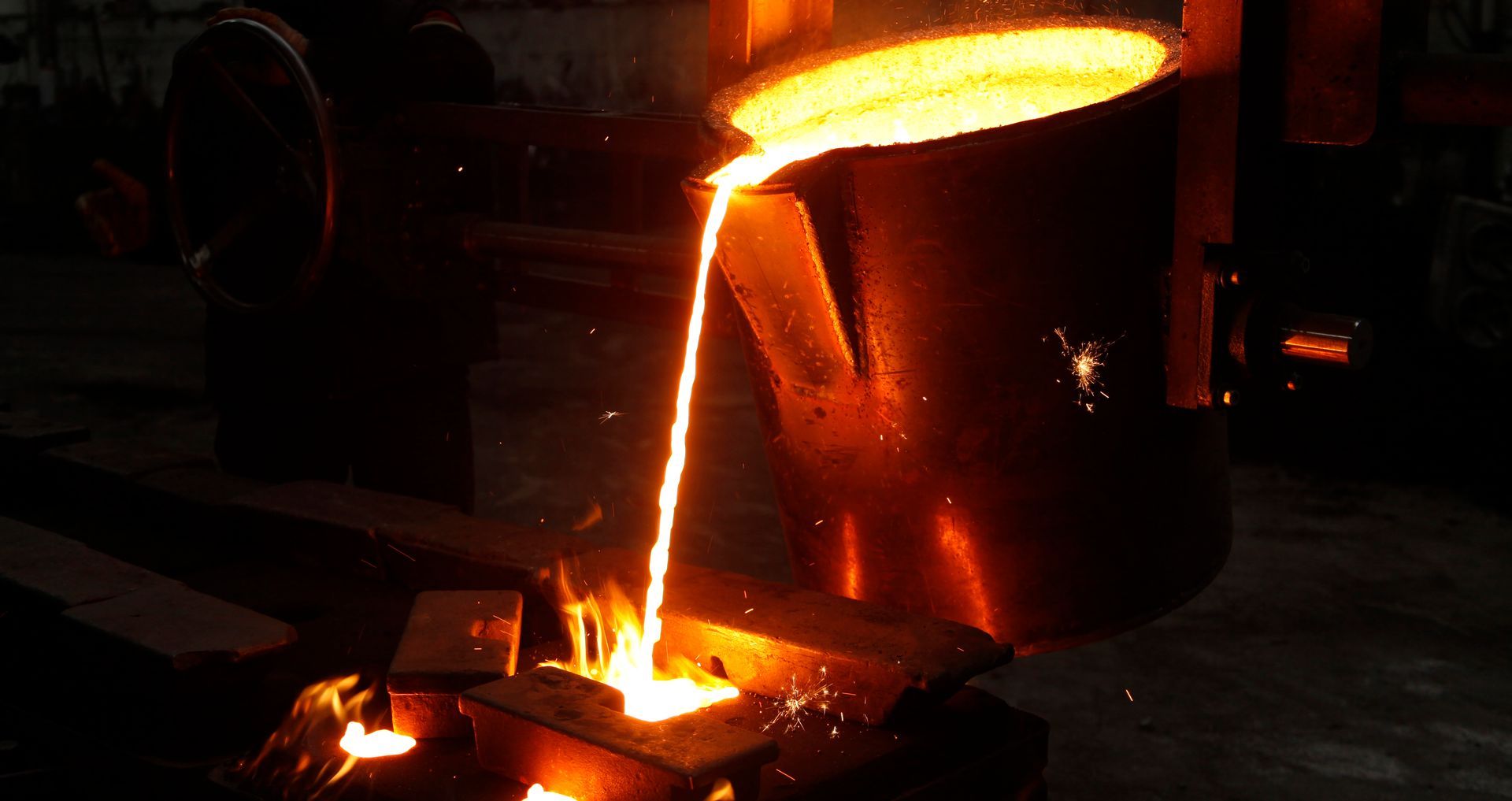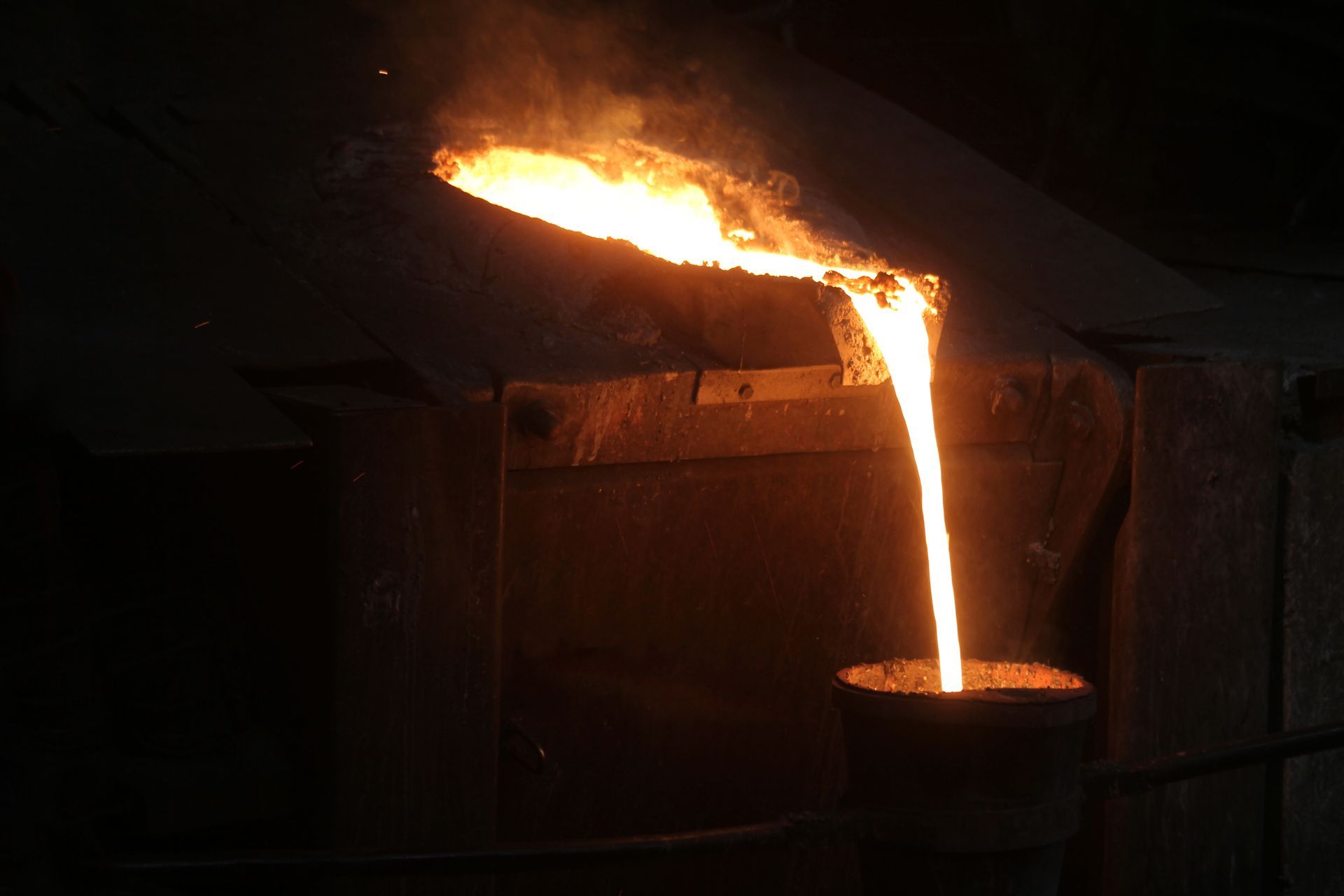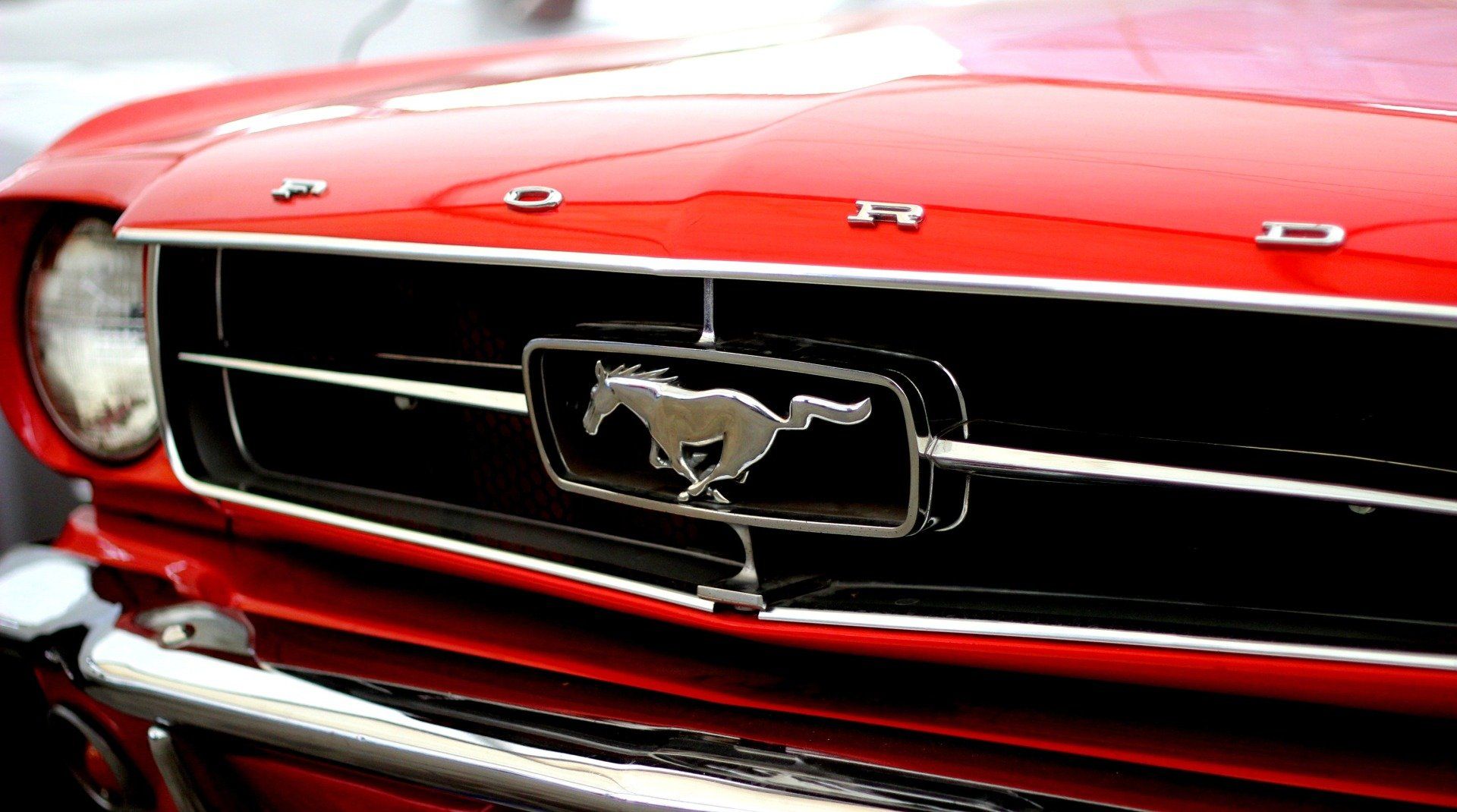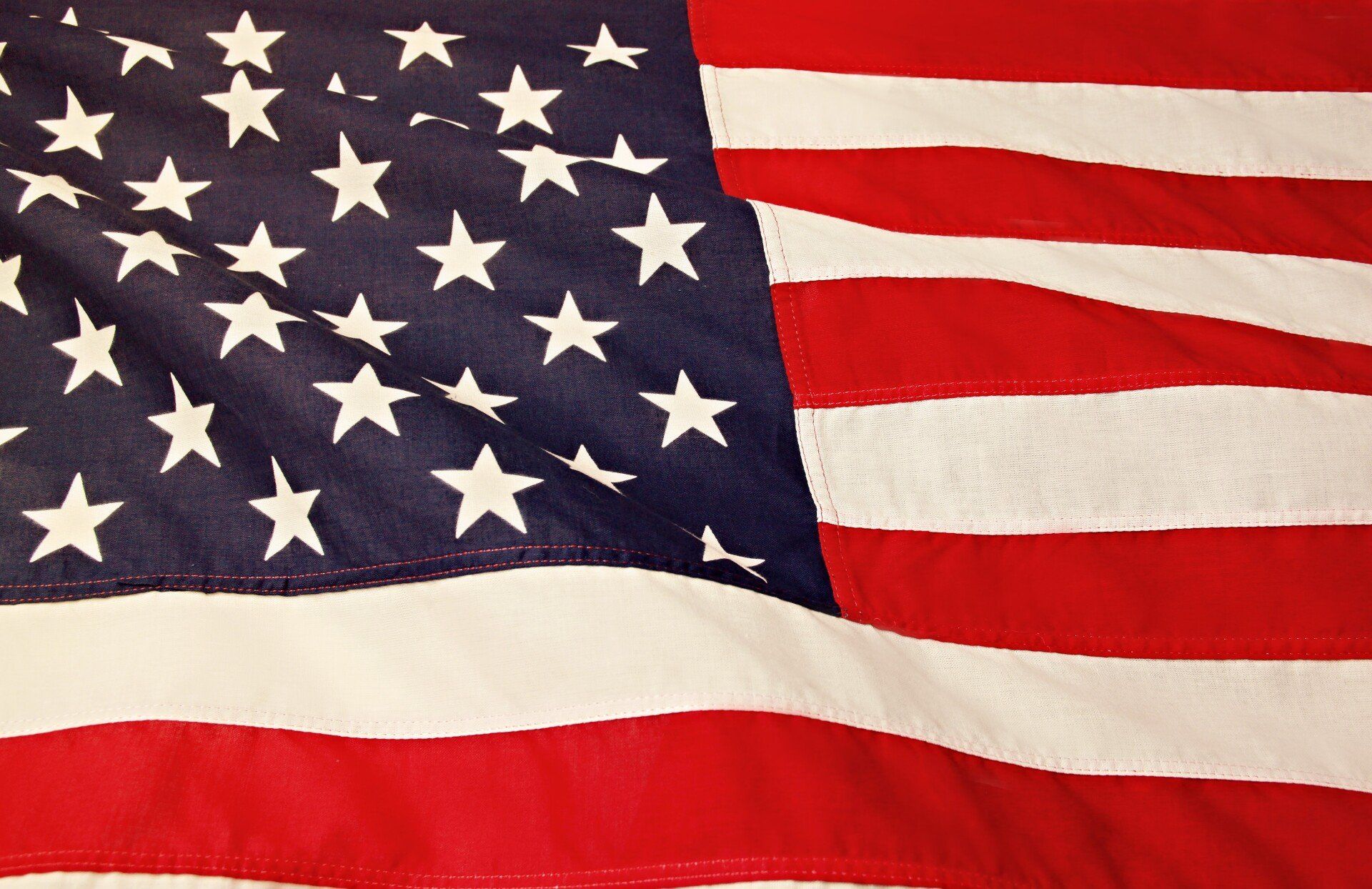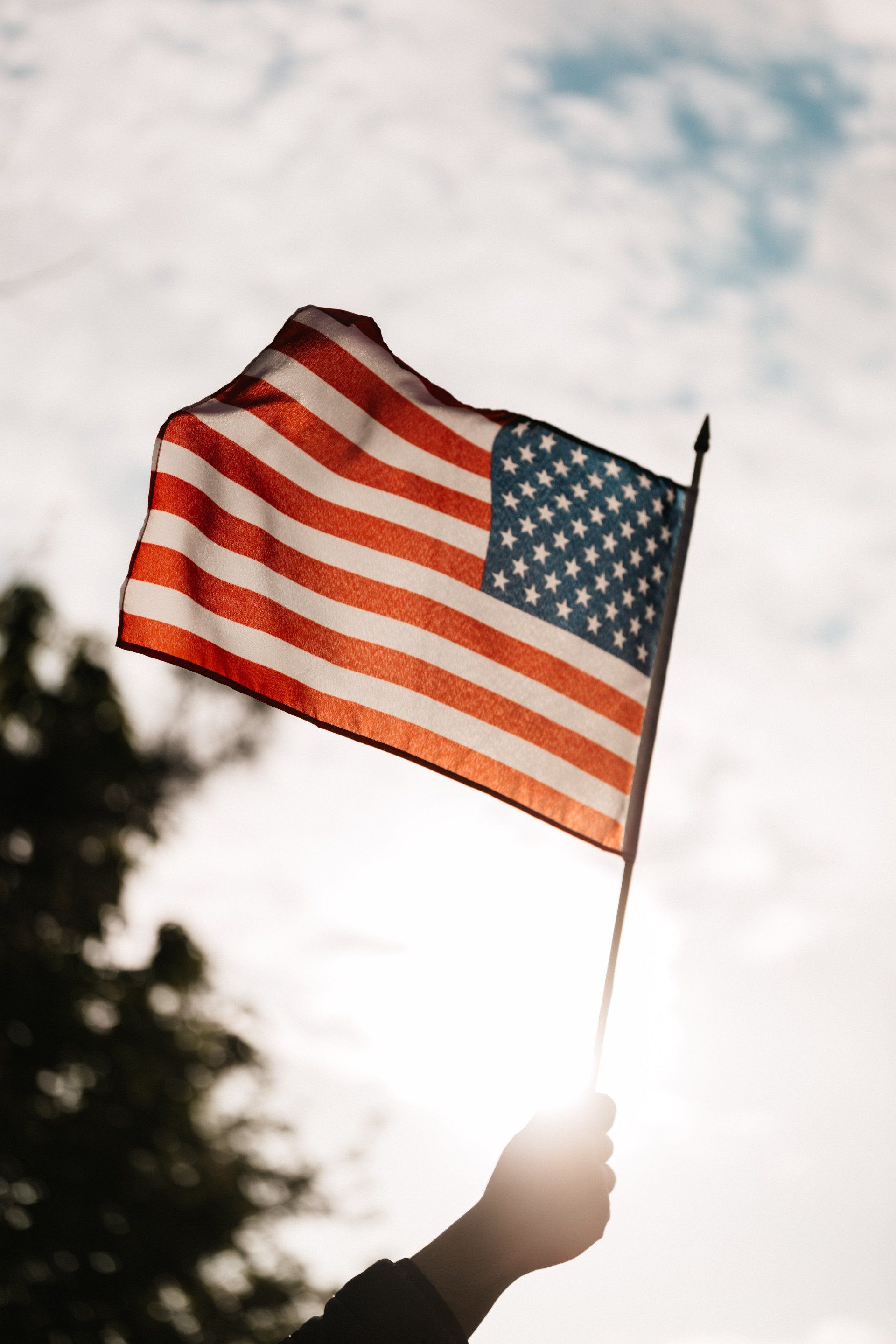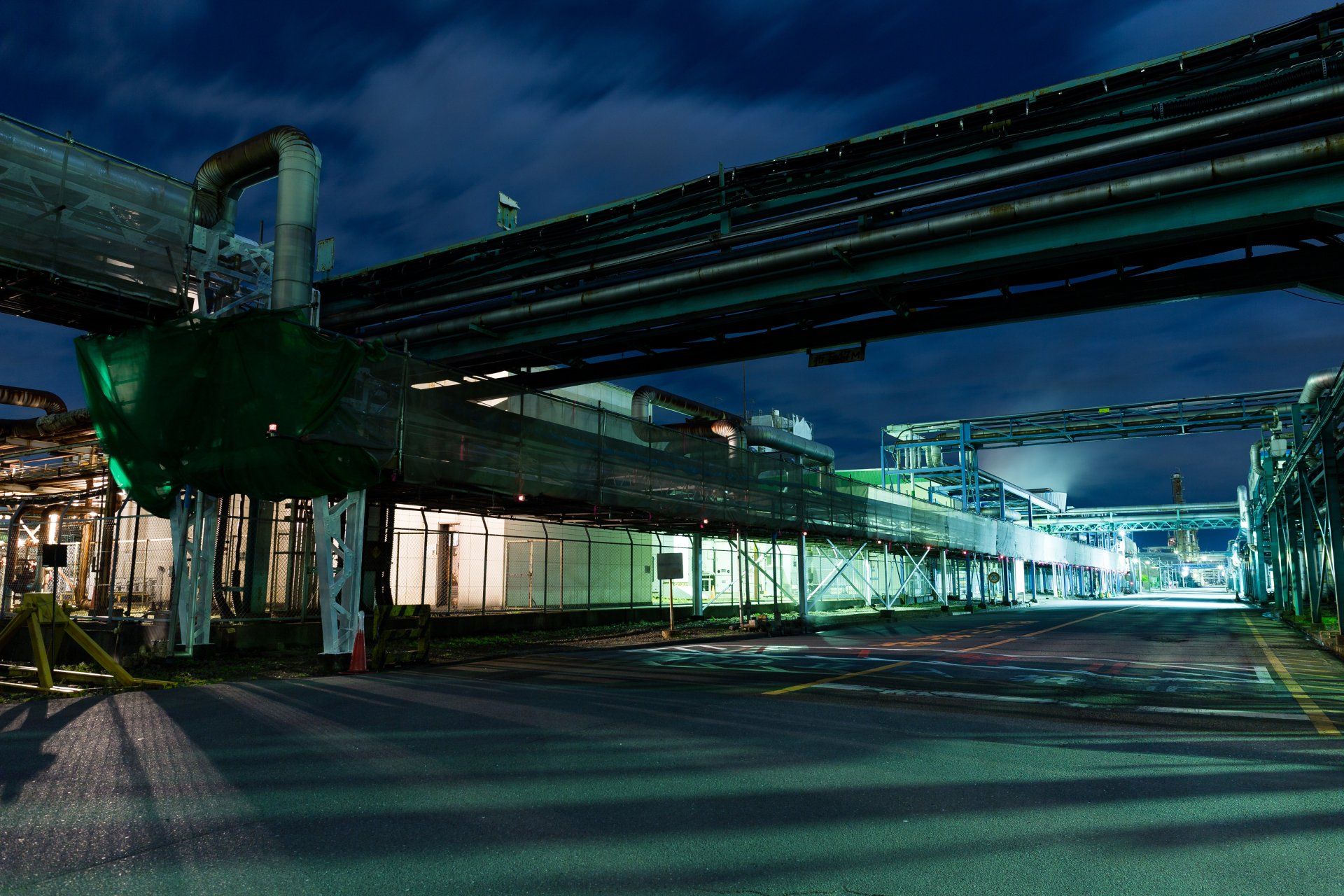American-Made Inventions That Changed History
American ingenuity is world-famous.
From the days of early pioneers and later industrial giants to modern high-tech and electronic groundbreakers, there’s something about being American that encourages thinking outside of the box to perfect an idea or invention.
Breakthrough American Inventions
While not all concepts earn their creators fame and fortune, some do. What’s more: Every now and then, an idea comes along that truly shapes how we think, interact or view the world. The following American-made inventions are all in that category — from lighting up our nights to reshaping how and when we communicate:
The Electric Light Bulb
In 1879, Thomas Alva Edison filed his now-famous U.S. patent for a carbon-filament electric bulb. The rest — as they say — is history. While many other inventors were working on similar designs at the time, Edison secured his spot as the father of the electric light bulb by creating a longer lasting product that could work reliably from a centralized power source. The fact that Edison would go on to build a business empire in electric power generation for the general public’s consumption didn’t harm his invention. So, the next time you reach for the light switch, remember how one American brought light into so many homes across our nation — and beyond.
The Air Conditioner
While wealthy ancient Romans ran cool aqueduct water through their homes’ walls to beat the heat, it wasn’t until the beginning of the 20th century that the modern air conditioner was created. A young engineer from New York — Willis Carrier — invented a mechanized unit that ran air over water-cooled coils. In 1902, Carrier’s first air conditioner went into use to help combat the sweltering temperatures at the plant where he worked. Soon, other businesses saw the potential of Carrier’s invention. It didn’t take long for movie theaters to catch on — helping create the phenomenon we know today as the summer blockbuster.
The Airplane
Even people who didn’t ace history in school know the names Wilbur and Orville Wright. On December 17, 1903, the brothers went to Kitty Hawk, North Carolina, and successfully flew their motorized airplane — the Wright Flyer I — over a distance of 852 feet in a time of 59 seconds. What people might not realize is that in 1878 as young boys, Wilbur and Orville were given a toy helicopter powered by rubber bands as a gift from their father, Milton Wright. Unbeknownst to Milton, he planted a seed in his sons’ minds that would result in one of the most significant transportation inventions of all time.
The Moving Assembly Line
In 1913, the first moving assembly line went into operation when Henry Ford applied the principles of mass production to the assembly process of his famous Model T. It reduced the time it took to assemble one car from more than 12 hours to a little over two. While Ransom Olds — the famous Oldsmobile founder — is actually credited with inventing the assembly line a decade earlier, it was Ford who used conveyor belts and other mechanisms to move products from worker to worker to bring productivity and efficiency to a previously unimagined level.
The Mobile Phone
In 1973, Martin Cooper — an American engineer working for Motorola — was the center of attention at a press conference when he made the world’s first call from a mobile cell phone. That call would go on to change the way we communicate and share information in our modern world. What’s also interesting to note is that Cooper’s first call was to Joel Engel — a rival AT&T engineer who was working on a similar project at the time.
At Dynaform, we appreciate American industry and inventiveness, which is why our products have continuously been in use since 1895. To learn more about what we do, fill out our contact form now.
